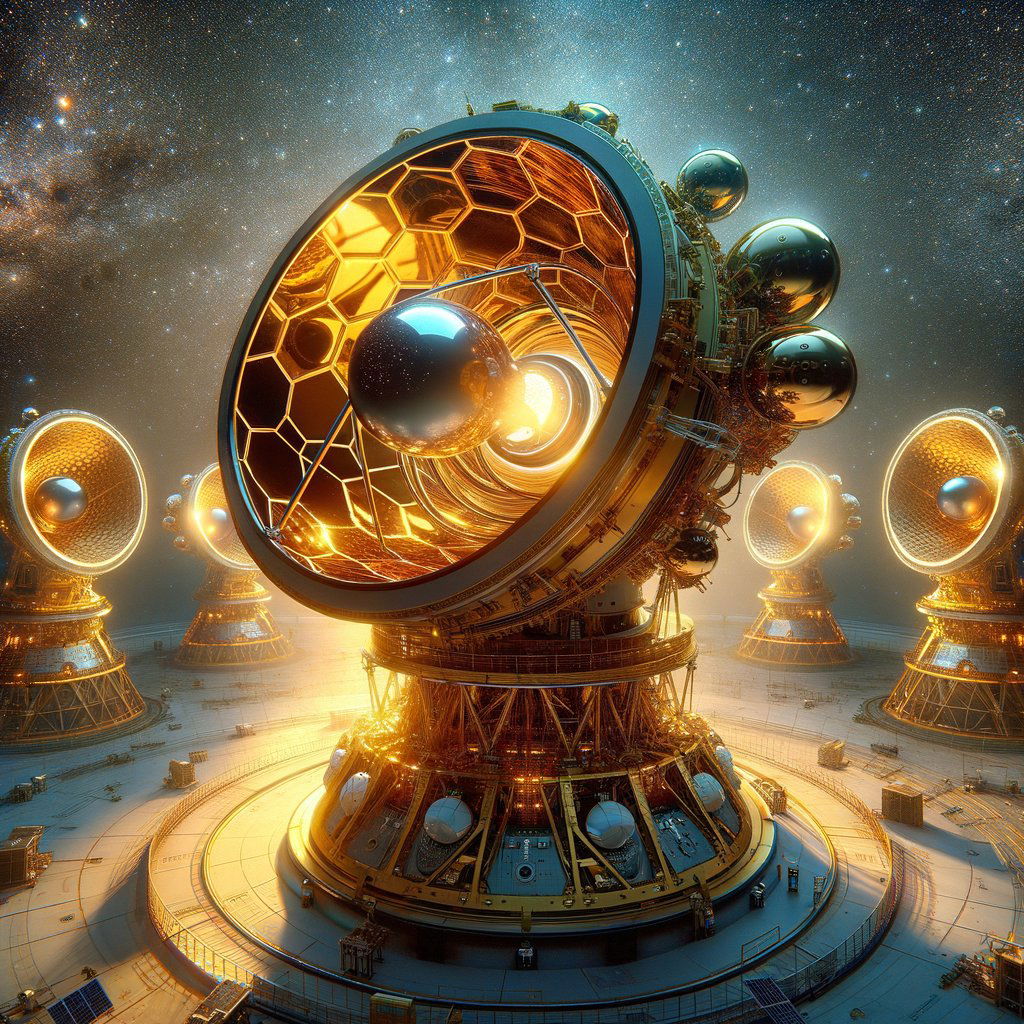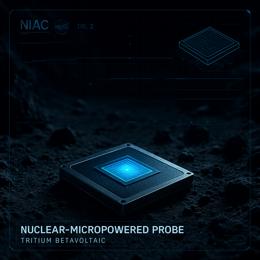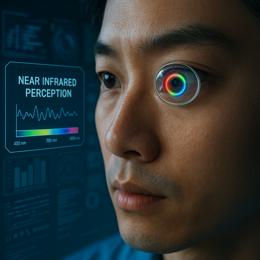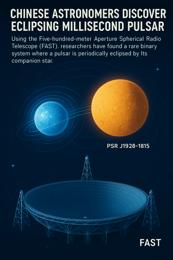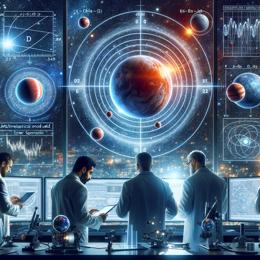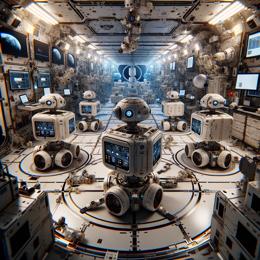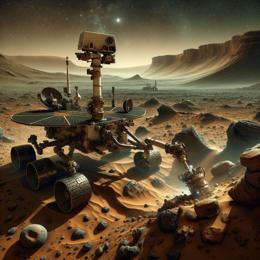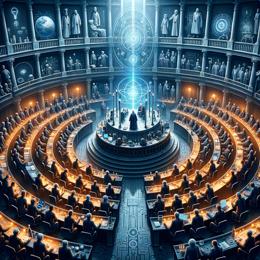Image created by AI
NASA Unveils Innovative Telescope Prototype for Future Gravitational Wave Space Observatory
NASA has recently provided a glimpse into the future of space exploration and the study of the cosmos with the unveiling of a full-scale prototype telescope. This prototype is a critical component of the ambitious Laser Interferometer Space Antenna (LISA) mission, a groundbreaking project aiming to spearhead the detection of gravitational waves from space.
Gravitational waves are disturbances in the curvature of space-time, generated by intense cosmic events such as the coalescing of black holes. These waves have recently been confirmed by detectors on Earth, but a space-based observatory promises to expand our ability to monitor these elusive ripples.
NASA’s new prototype paves the way for the construction of six highly sophisticated telescopes that will form the core of the LISA mission. This joint enterprise, led by the European Space Agency (ESA) with NASA as a key partner, is set to unfold a new chapter in astrophysics.
Utilizing advanced technology, the telescopes will meticulously measure the infinitesimal distance changes between each other, to an accuracy of trillionths of a meter. These measurements will be made over the distances of approximately 1.6 million miles – a expanse far outstripping the width of the Sun – between the trio of specially deployed spacecraft.
The architect behind the blueprint of these telescopes is NASA's own Ryan DeRosa, a researcher with a base of operations at the Goddard Space Flight Center in Maryland. DeRosa highlights that both transmitting and receiving infrared laser beams will be the dual function of twin telescopes on each spacecraft, and NASA is taking the reins in providing all six necessary telescopes for the LISA mission.
The revealed prototype, baptized as the Engineering Development Unit Telescope, is not merely a mockup; it's a guiding star for the development of the actual flight hardware. Constructed and assembled by L3Harris Technologies in New York, this prototype has landed at Goddard earlier in May, ready for exhaustive tests and evaluation.
A noteworthy feature of the prototype is its primary mirror finished in gold. Beyond its lustrous appearance, the gold coating is integral for the efficient reflection of the infrared lasers while minimizing thermal losses when facing the vast cold of space. These telescopes need to perform optimally at temperatures close to those on the surface of our planet.
The telescope's body and primary mirror are crafted from an amber-tinted glass-ceramic known as Zerodur. Produced by Schott in Germany, this material is highly regarded in both astronomy and industry for its minimal thermal expansion over a vast temperature range, ensuring unparalleled dimensional stability necessary for such precise work.
Looking forward, the LISA mission intends to launch in the mid-2030s. This venture stands as a beacon of international collaboration and technological triumph, with the potential to further unravel the mysteries of the universe, shining a light on phenomena that, until recently, were just theoretical whispers in the fabric of space-time.
